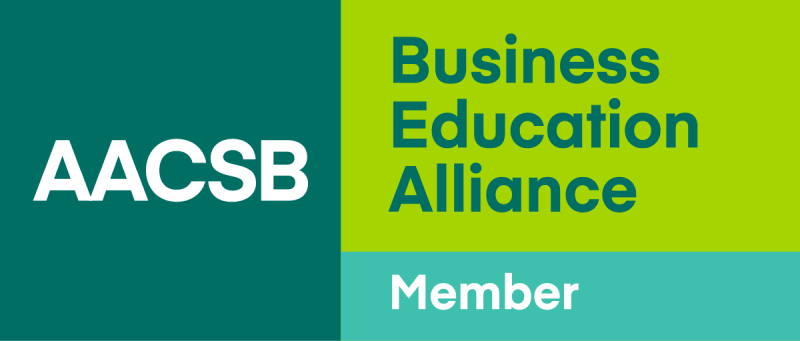Diversity and Innovation – Exploring Manulife’s DEI and Global Development Synergies
Manulife Financial Corporation is a major financial services provider in Canada, North America, and Asia. How does its focus on DEI shape its global strategy, ESG performance, and leadership development?
At a glance
Country
Canada
Market Focus
Asia
Case Focus
DEI, ESG, Global Business Service, Global HR
Employees Worldwide
Approx. 38,000
(as of 2024)
Abstract
Manulife Financial Corporation, a prominent global financial services provider, has not only extensively grown across North America but has also strategically positioned itself for expansion in key Asian markets. This case study explores Manulife’s commitment to diversity, equity, and inclusion (DEI) as a driving element for innovation and business success, while also emphasizing how DEI has become an integral component of the company’s broader Environmental, Social, and Governance (ESG) framework.
The case study examines how Manulife leverages DEI to foster a culture of innovation and adapt to the diverse regional markets. It highlights how the company effectively balances global expertise with localized management, promoting both cultural sensitivity and operational efficiency, while investing in technology and digital initiatives to enhance employee productivity and customer experience. By aligning DEI with its ESG commitments and global growth strategy, Manulife demonstrates how a responsible and inclusive approach can generate tangible business benefits, including improved employee morale, enhanced innovation, and stronger market positioning. This case underscores the strategic importance of embedding DEI within ESG priorities and global operations to drive sustainable growth and long-term value creation.

All rights reserved. © 2025 Nikkei Business Lab Asia. No part of this publication may be copied, stored, or transmitted in any form. Copying or posting is an infringement of copyright.
Disclaimers:
(1) Regarding Case Study Content: This case study is based mainly on secondary data and analysis of publicly available information unless otherwise stated, and is intended solely for educational purposes. Any opinions expressed by the author(s) are designed to facilitate learning discussion and do not serve to illustrate the effectiveness of the company. Additionally, banner images and logos used in the case study are intended for visualization in an educational setting and it is not used to represent or brand the company. For any dispute regarding the content and usage of images and logos, please contact the team.
(2) Regarding University Affiliation and Titles of Authors: The university affiliation and titles of author(s) seen in the case study is based on their affiliation and title during the time of publication. It may or may not represent the current status of said author(s).
